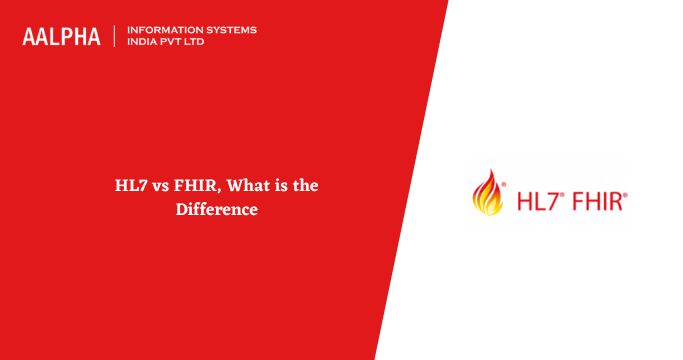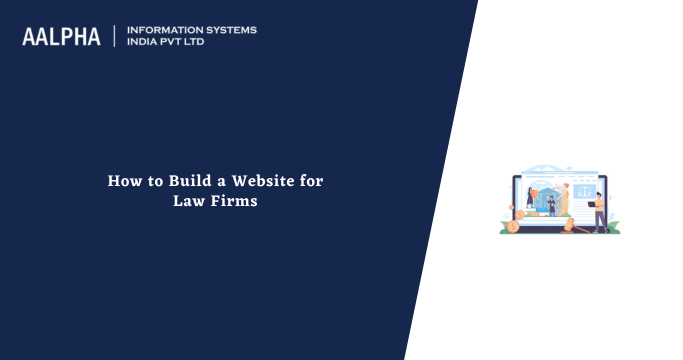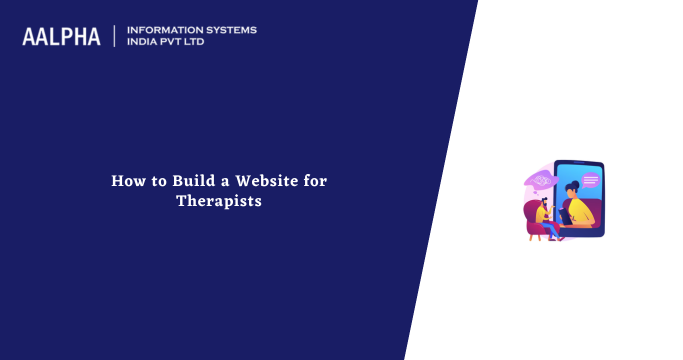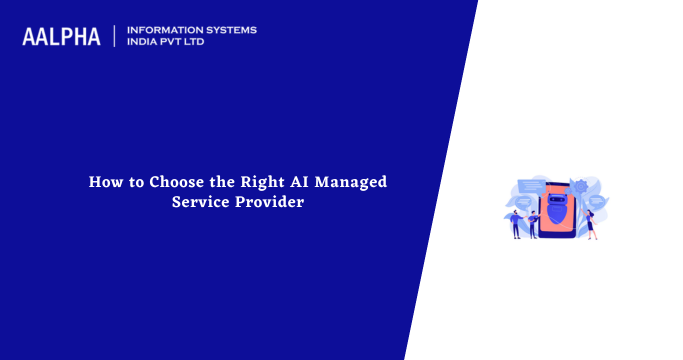HL7 is a collection of worldwide data-sharing standards intended to improve interoperability in healthcare. HL7 is a clinical messaging standard that facilitates the transmission of documents and healthcare messages between healthcare institutions in a safe manner. Communication between multiple systems, including patient management systems, healthcare information systems, EMRs, laboratory information systems, and billing systems, is facilitated by HL7 using ASCII-based text messages.
As an alternative to HL7 v2, the Fast Healthcare Interoperability Resources (FHIR) standard was established in 2014 as an open standard that allows new applications and older systems to interchange data more readily than in the past. This action intends to boost interoperability and communication efficiency.
HL7 and FHIR Standards
HL7 and its members specify the interchange, integration, sharing, and retrieval of electronic health information via a framework. More importantly. HL7 standards specify a procedure for how information is packed and sent from one party to another, the language to be used, and the necessary structure and data types needed for smooth system integration. Clinical practice and the administration, delivery, and evaluation of health care are supported by HL7 standards.
FHIR is an HL7 interoperability standard designed to simplify healthcare information interchange among healthcare professionals, patients, carers, payers, researchers, and anyone else engaged in the healthcare ecosystem. A FHIR server can facilitate the exchange of healthcare information, making it easier for healthcare providers to access and manage patient data. Moreover, FHIR consists of two sections: a content model in the form of “resources” and a definition for exchanging these resources through RESTful APIs, messages, and Documents. FHIR is renowned for facilitating information sharing between researchers, and its two combined sectors provide superior resource management.
HL7 and FHIR Protocols
Health Level Seven (HL7) promotes the exchange of crucial data across healthcare systems. The seventh OSI layer protocol specifies the structure and content of the messages that apps must use while sharing data. Listed here are the many HL7 Protocols:
-
Event-Driven Architecture
The event-level protocol is defined by any real-world occurrence that necessitates information exchange between applications, such as when a patient is admitted or released from a hospital or when a pharmaceutical prescription has to be made. Every time an application logs a real-world occurrence, it must relay this information to other systems where it is essential.
-
Protocol for Application to Application
This protocol concerns communication between two separate apps, as opposed to client-server applications. The message that is being transferred between programs, not the function of each application, is crucial here.
-
OSI Level 7 Protocol
This protocol specifies the precise structure and content of the data sent between apps, but not the transport method. HL7 is unrelated to the communication method between apps. Typically, a TCP/IP connection is created to transmit a message.
-
Transfer Protocol
This protocol specifies how data travels between apps. How these data are stored or handled by various programs is irrelevant here. Although the database structure must align with HL7 message specifications, this is optional.
-
Standard Protocol
Before two programs exchange a message, a proprietary, non-standard connection is established. However, your link-building efforts may be in vain if you attempt to connect to a third-party system. However, the HL7 standard protocol enables you to reuse your original development work.
HL7 V2 vs FHIR
Even while FHIR enables messaging (equivalent to HL7 V2), it also allows a variety of data exchange alternatives. The primary distinction between HL7 and FHIR is that, unlike HL7 v2, FHIR uses RESTful online services and open web technologies, including JSON and RDF data formats. Since most developers are already familiar with these technologies, so their learning curve is less steep than earlier standards.
In addition, the RESTful API replaces point-to-point interfaces with one-to-many interfaces, making it considerably simpler to share data and reducing the time required to onboard new data exchange partners. In addition to increasing interoperability between electronic health record (EHR) systems and several other devices and systems, such as mobile applications, mobile devices, and wearables, the RESTful method offers some significant advantages. Aalpha – Custom medical Software Development Company provides EHR/EMR integration solutions that enable HL7 deployment by connecting third-party technologies and wearable devices to provide better doctor and patient experiences.
Why is FHIR superior to HL7?
FHIR design offers a basic set of resources that, separately or in combination, may handle clinical and administrative issues in the real world for a fraction of the cost of current solutions. Like HL7 v2 segments, each FHIR resource are subdivided into kinds and groups, with each type having a distinct field structure containing either composite or primitive data. These attributes are either required or optional; the resources are XML, Atom, JSON, HTTP, and OAuth-based.
Furthermore, FHIR is superior to HL7 since it provides several alternative data exchanges between systems. In addition to supporting HL7’s message format, the FHIR system employs the RESTful API methodology. This enables FHIR to promote interoperability across various systems and devices, extending beyond electronic health record (EHR) platforms.
To know more in detail about HL7 vs FHIR, connect with healthcare app development company!




Share This Article:
Written by:
Muzammil K
Muzammil K is the Marketing Manager at Aalpha Information Systems, where he leads marketing efforts to drive business growth. With a passion for marketing strategy and a commitment to results, he's dedicated to helping the company succeed in the ever-changing digital landscape.
Muzammil K is the Marketing Manager at Aalpha Information Systems, where he leads marketing efforts to drive business growth. With a passion for marketing strategy and a commitment to results, he's dedicated to helping the company succeed in the ever-changing digital landscape.